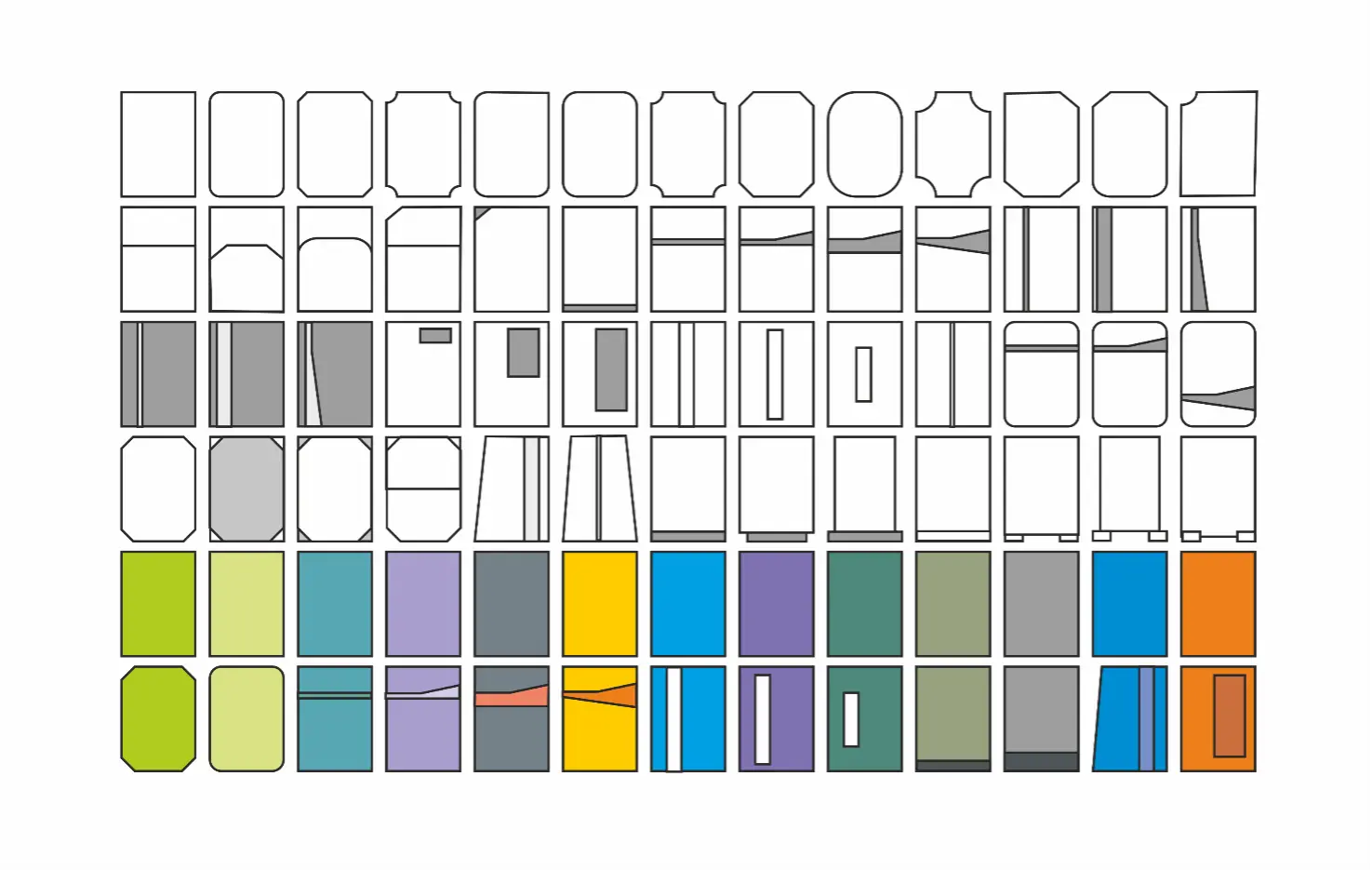
Design guidelines improve competitiveness
Companies that use design strategically are more successful and competitive than their competitors. The goal for design guidelines is that they reduce work and improve the result.
Companies that use design strategically are more successful and competitive than their competitors. The strategic use of design means, in the simplest terms, that you try to better understand customers and users. The goal of designing products and services is to generate benefit and value for customers.
The user experience can only be improved when you know the users and understand what they want and what they need. This strategic knowledge must be constantly collected and maintained. The most natural way to increase it is when testing new ideas and developing new products and services. The easiest thing to ensure are the needs at the bottom of the hierarchy: performance, product features, and various measurable values. It is more challenging to ensure that customers fall in love with the products, are proud of them, and experience them as their own.
Achieving design goals requires smooth cooperation, continuous improvement, and good management. Also, we should not forget the processes, resourcing, methods and tools. Design guidelines can be used as one essential tool. At its best it is possible to influence all the above in the most.
It’s all about design-thinking
At Huld, design guidelines have been developed with companies. We have had comprehensive discussions about the content, methods of implementation, and benefits of design guidelines. The goals of the design must be based on the broader goals of the company and so steer product development in the desired direction. In terms of design, the most obvious guidelines are usually coloring, logos, and other markings, materials and recognizable shapes. With these elements, it is possible to create recognizable product families.
Before even these “easy parameters” can be defined, an analysis of products, product families, product structures, customer customization, competitors, and other factors affecting the situation must be done. Manufacturing techniques, transportation, and supply chains bring opportunities and, on the other hand, limit what can be done. Products can consist of sub-assemblies and components, from which larger entities are built, and the result may be affected by parts implemented by outsiders. In terms of the whole, it would be important to avoid disorganized look and visual noise.
Design guidelines increase usability and safety
The goal for guidelines is that they reduce work and improve the result. You should think about what is important and meaningful in the big picture. Repetitive things can be instructed in more detail to make their production more efficient and the installation and use easier. Things implemented in a uniform way improve safety and usability.
The design guideline should be implemented in such a way that it is not only made for designers, but that it can be used to spread design thinking throughout the organization. Design is a collaboration that requires different skills and experts.